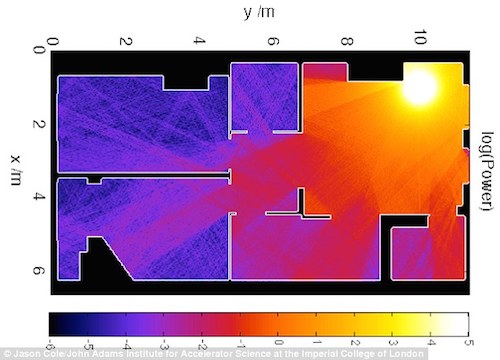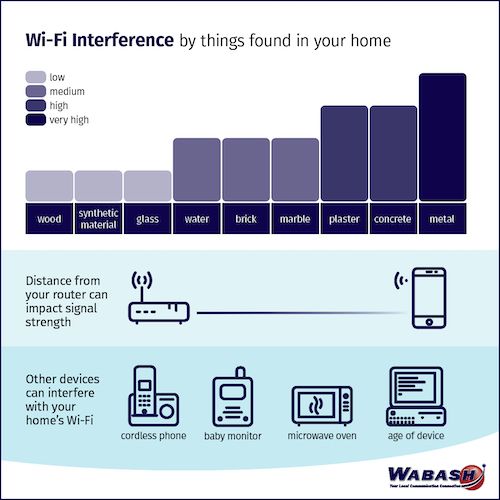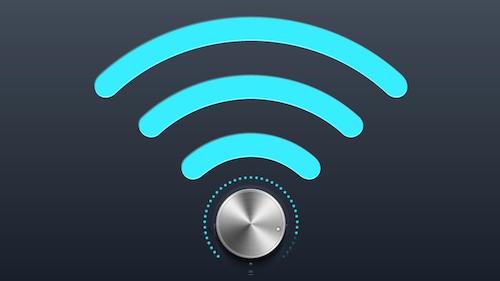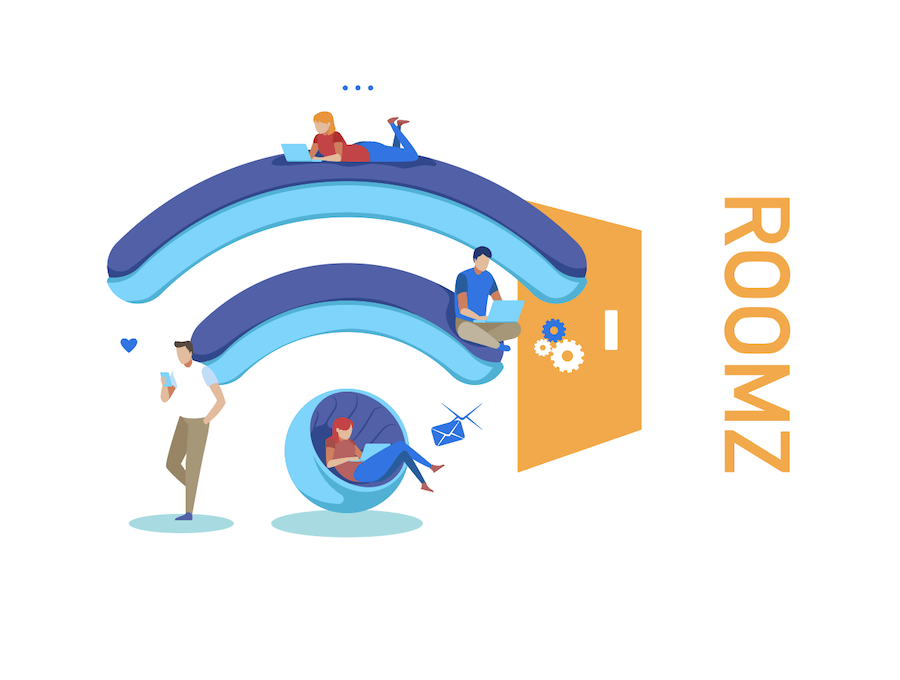WIFI: Best Place to Install Router at Home?
As everyone right now is online, more so with the pandemic keeping most of us staying at home – having a good WIFI coverage is one of the most essential things to have. We may even think that a good router or an added equipment will solve whatever WIFI woes we have but there’s one thing we need to ask. Does the router you have to provide maximum performance? In most of the cases, the fastest way to clear up dead spots or have better, faster connectivity is not dependent on the new hardware, but on a variety of factors. One important aspect you can look into is the position or place where your router is located.
Here are some of the tips you need to know to get that consistent maximum WIFI performance at home:
The best place to put your router is in the central location in your home.
Moving your router to a central location inside your home that’s clear of surrounding clutter is the best decision you can make. Imagine if you have a router inside a cabinet, at the corner of your house or displaced in your basement – the WIFI signal will surely not reach the places it needs to be. Other than walls as barriers, there are other obstacles to a good signal such as appliances, fireplaces, cupboards and cabinets. They can also absorb WIFI signals. Other items like microwave ovens and cordless phones may disrupt your wireless routers, too, while in use. If you happen to live in a multi-level home – the ground floor might not be the optimal place. The best position in a two-story home is perhaps the ceiling of the first floor. Or as possibly close to the floor that you can have on the second floor. This gives consistent coverage for both upstairs and down. If you’re living in a multi-story home (more than 2 levels), you’ll also want to consider how the other different floors may get coverage. The best thing to do is to check each floor’s capability.

When a Wi-Fi signal must pass through more obstacles, of course, the weaker it becomes. Placing your router in a far corner of your home or if it was set-up at one end, you are maybe reducing the usable coverage by half. We all know that the signal is stronger the closest distance so you may want to have the router and any of your connected devices within a short distance from each other.
Check also what parts of your home would need WIFI coverage. This is a ‘must’ in considering a central location. Would you want your garage or garden or terrace to have wireless coverage as well? Then, consider these areas in selecting your central location. Better yet, check and use WIFI signals to test every likely position in your home. You can have the ideal router position and get maximum coverage as you do this.
Avoid interference and clear impediments.
As physical hindrances are easy to spot, there’s one more that can have just a big impact on your WIFI performance: interference. There are other devices that may use the same wireless band that your router does: cordless phones, Bluetooth speakers and monitors can share the segment of the airwaves. If you’re in a compact apartment building or tight neighbourhood, then that is not so beneficial with a congested band and traffic. Also, it is worth noting that a higher position would allow more signal to cover the areas where you actually use your WIFI. The router lets out a broadcast with fewer objects which hinder the signal. If you are in a doubt, check professional installers who usually place routers on high shelves or mount them on the ceiling or generally, high on a wall.

Other impediments that you might have not thought of is water. Water is denser than air so keep the router away from an aquarium or an indoor garden with flowing water fountain, perhaps. But most building materials can let WIFI signal through like wooden beams or glass windows. You don’t want to let your WIFI signal spill out into the garage or right into your neighbour’s home so stay away from big glass windows.
That being said, ensure that the number of walls between your router and devices is kept to a minimum. Denser materials like concrete or bricks can absorb more radio waves than other materials.
What’s the one material to most likely foul-up your WIFI signal? If it’s not wood, concrete or glass, then it is metal. A steel cabinet, a refrigerator or maybe a water heater – these large metal stuff will absorb the WIFI signal, thereby, creating dead spots in your home. Worst, if your router is positioned right next to a metal item or appliance, that dead zone might be a whole portion of your house. It’s best to move your router 5-6 feet away from the other electronics or gadgets if you are in doubt.

Check the router’s configuration (reboot when in doubt).
Restart the router every few days, or perhaps set it on “rest” mode during midnight when it is not being used. This will let your router regain its maximum performance as it also resets. To restart your router, use the app that came with it or log into its web interface. If you could not find the app or unsure how to log into it, just turn the router off and wait for about 10 seconds before turning it back on. Do you know that often a simple reboot of the router can fix any issues or problems you might be having? Of course, this is not always an “all-time solution.” The best strategy as you troubleshoot technical concern is to start with the simplest step then slowly move up to the more difficult operations.
Keep your WIFI network secured at all times.
It looks like the Internet is a basic necessity for existence in this lifetime. It seems that as all our devices such as mobile phones, laptops, tablets and PCs are all connected to the internet, we have such physical mobility that results to increased productivity. With more and more people going for “work from home” set-ups due to these changing times, this is quite useful and timely. But alas, when not secured – the internet can also be a place for bad activities caused by malicious people. Weaknesses in your home network if left undetected can give access to the people nearest in distance to you, such as neighbours. Aside from security concerns, there are other reasons to take action, just in case.
Here are simple tips that can provide for your WIFI’s security:
Change your home Wi-Fi’s default name. – This is the first step if you want a safer home WIFI. Change the SSID (Service Set Identifier). SSID is like the network’s name.
Create a WIFI network Password that’s strong and unique. – As most wireless routers come with a pre-set default password, especially if one knows the router’s manufacturer. Create a good password for your WIFI with at least 20 characters that include letters, numbers and various symbols. Do not use personal information that is easily guessed. Have a strong and unique password that will make it hard for your neighbours (or worst, hackers) to guess and access your network. Having strangers sharing access to your network is truly a risk, not to mention that the performance of your WIFI will be slower.
Enable network encryption. – Most wireless routers come with an encryption feature but turned off at times. Be sure to turn it on. If you turn on your wireless router’s encryption settings, this certainly can help secure your network.
Have a good firewall. – What is a “firewall”? It is generally utilized to shield computers from harmful disturbances. Generally, wireless routers now have built-in firewalls, at times – this is turned off. Just in case your router doesn’t have such a firewall, make sure to put up a firewall solution installed on your system to ensure there’s no malicious access that can get through it.

As you use your WIFI and share it with your family members or housemates, be sure to check and follow all these tips and reminders to gain a faster, better internet performance. We all know that being online at this time is not just a luxury, it is a need for most, especially for those using it for their school, business and work. This is very helpful now more than ever where the current pandemic dictates one to stay at home, be safe and do things as the ‘new normal” emerges everywhere in the world.




